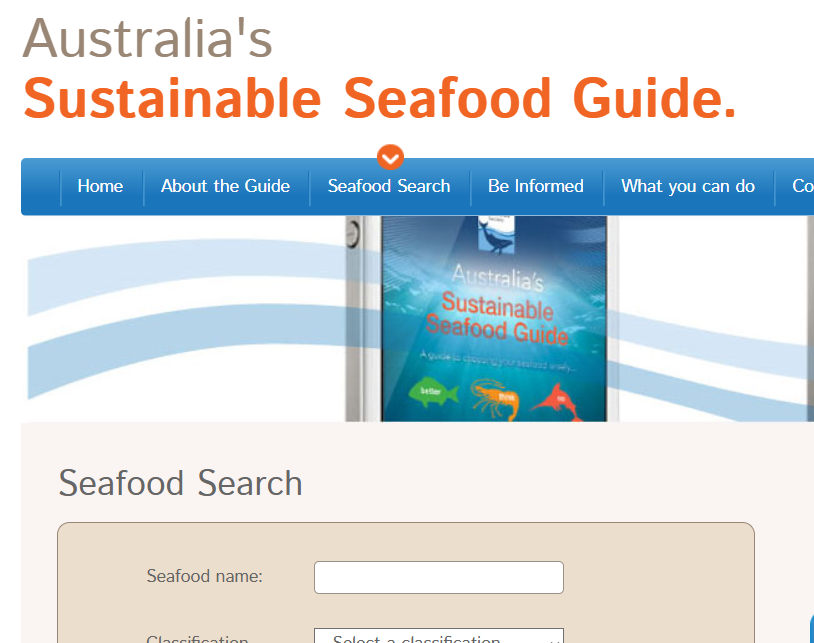 Í þessum ástralska leiðarvísi um sjálfbærar sjávarafurðir má lesa hvað sagt er um sjókvíaeldislax sem alinn er við Tasmaníu eyju suður af landinu. Þessi iðnaður hefur valdið skaða á umhverfi og lífríki þar eins og annars staðar:
Í þessum ástralska leiðarvísi um sjálfbærar sjávarafurðir má lesa hvað sagt er um sjókvíaeldislax sem alinn er við Tasmaníu eyju suður af landinu. Þessi iðnaður hefur valdið skaða á umhverfi og lífríki þar eins og annars staðar:
“Atlantic salmon is a non-native species farmed by three different companies in Tasmanian waters. Farmed Atlantic salmon is the highest value and volume fishery product in Australia. This rating applies to the sea cage farmed Atlantic salmon sector.
In previous years Atlantic salmon producers in Tasmania made significant progress to address environmental concerns. Public reporting by salmon production companies improved, giving the public better access to and understanding of farming operations.
However, significant concerns have compromised the industry’s sustainability and resulted in this downgrading to a red, ‘Say No’ rating. Concerns include the impact of salmon farming in sensitive marine habitats, rapid expansion plans in other areas off the Tasmanian coastline and the movement of seals overland away from salmon farming areas.
Atlantic salmon are farmed in sea cages that are open to the ocean, with any waste from the farm washed into the surrounding water. The companies that farm Atlantic salmon hold leases for sea cages in Macquarie Harbour on the west coast of Tasmania, with some of the leases sited near a wilderness World Heritage Area. Significant environmental impacts attributed to salmon farming have been recorded in the area in recent years, which scientists believe are linked to increased volumes of waste from the salmon farms (fish faeces and excess fish feed). These impacts include declines in the amount of oxygen dissolved in the waters of the harbour, as well as pollution of the seafloor that extends into the World Heritage listed area.
High numbers of fish deaths have also been recorded in Macquarie Harbour in recent years as a result of both asphyxiation and disease exacerbated by environmental stress. Around 85,000 salmon asphyxiated in 2015 and 1.35 million more salmon died as a result of a virus contracted from wild fish that spread throughout farming operations over the summer of 2017-18.
Management actions taken to reduce the impact of salmon farming on Macquarie Harbour have included reducing the amount of salmon that can be farmed in the area until 2020, destocking some leased areas to allow them to fallow, and developing systems to capture fish waste to manually remove it from the harbour. While monitoring of the harbour environment is ongoing, it is currently unclear whether these actions will be sufficient to support the ecosystem’s recovery.
The salmon farms in Macquarie Harbour also threaten a marine species which is possibly the world’s rarest skate. The Maugean skate is categorised as ‘Endangered’ under Australia’s national environment law. It is unique to Tasmania, and is now only found in Macquarie Harbour. Scientists consider that the species may be negatively affected by low oxygen levels in the water, which is of significant concern for the future of a species that only exists in this single location. Scientists are monitoring the population of the Maugean skate, as well as investigating how low oxygen conditions will affect its survival.
Salmon is also currently farmed in other areas that are better flushed with water than Macquarie Harbour; the effects of waste around these sea cages have been studied and appear to have minor and short-lived impacts on seafloor-dwelling species; sea cages are also rotated so that areas below the cages are allowed to recover.
It is not yet possible to identify which salmon available for sale has been produced in Macquarie Harbour or in other areas around Tasmania. We are therefore unable to conduct separate assessments for farms outside of Macquarie Harbour.
Analysis of the ecological impacts of the salmon farming industry on the wider marine environment away from the immediate locations of the cages has also been undertaken. Results indicate that salmon farm effluent ‘fertilises’ surrounding seawater; nutrients from fish waste changes algal growth around farms, although the long-term and broader geographic effects of this are not clear from available reports..
Some salmon farming companies are planning to expand farming operations into other areas around the Tasmanian coastline, including dramatically increasing the production of salmon farmed in Storm Bay in the south-east Tasmania. There is concern that the plans are not sufficiently precautionary and allow rapid expansion without an understanding of the environmental consequences. For example, if salmon production in Storm Bay is increased to planned full capacity, the additional nitrogen (a key fertilising nutrient) load to the local marine environment, could be equivalent to more than the total output of all Tasmania’s sewage outfall. If production is scaled up to full production levels, the nitrogen load would eventually be equivalent to the entire sewage outfall of NSW and Victoria. It is unknown what impact this would have on the marine environment. It is concerning, given the environmental impact of salmon farming in Macquarie Harbour, that rapid expansion is planned without a highly precautionary level of environmental protection in place.
Interactions with Australian fur seals have previously been of concern in some areas, when seals attempt to break into the sea cages to feed on the farmed fish. During 2016, over 2,000 seals were transported overland from southern to northern Tasmania. This practise was banned in 2017, though it is unclear how the issue of seal interaction is currently being managed. Some companies have committed to not euthanize seals, but other companies are still using the practise. Companies have developed new sea cages that are more effective at excluding seals, but these have yet to be rolled out across the whole industry.
Some improvements in the farming of Atlantic salmon have been made, including all companies banning the use of copper based anti-foulant paints used on the sea cages, which are toxic to invertebrates and algae. The use of antibiotics has also been reduced significantly, with no reported use across all farmed production since the end of 2016.
Atlantic salmon is a carnivorous species, and the fish require moderate amounts of fish protein in formulated fish feed. Feed manufacturers use fish caught from the wild as a part of the feed used in salmon farms. The amount of wild-caught fish used in feed is currently more than the weight of salmon produced, which places a net burden on our wild caught fisheries. Encouragingly, feed manufacturers are working to produce feeds with lower quantities of wild caught fish and have also made commitments to use only wild caught fish from sustainable sources.
There is a strong potential for this rating to improve in future, provided that producers reduce the impact of salmon farming on Macquarie Harbour’s environment and ensure that the impacts of salmon farming are avoided in any areas planned for expansion.
NOTE: Imported farmed Atlantic salmon is available in Australia but has not been assessed in Australia’s Sustainable Seafood Guide. For more information on imported product, look for country of origin labelled on the packaging and refer to seafood guides produced in that country. King salmon farmed and imported from New Zealand is rated green, ‘Better Choice’ in the Guide.”
